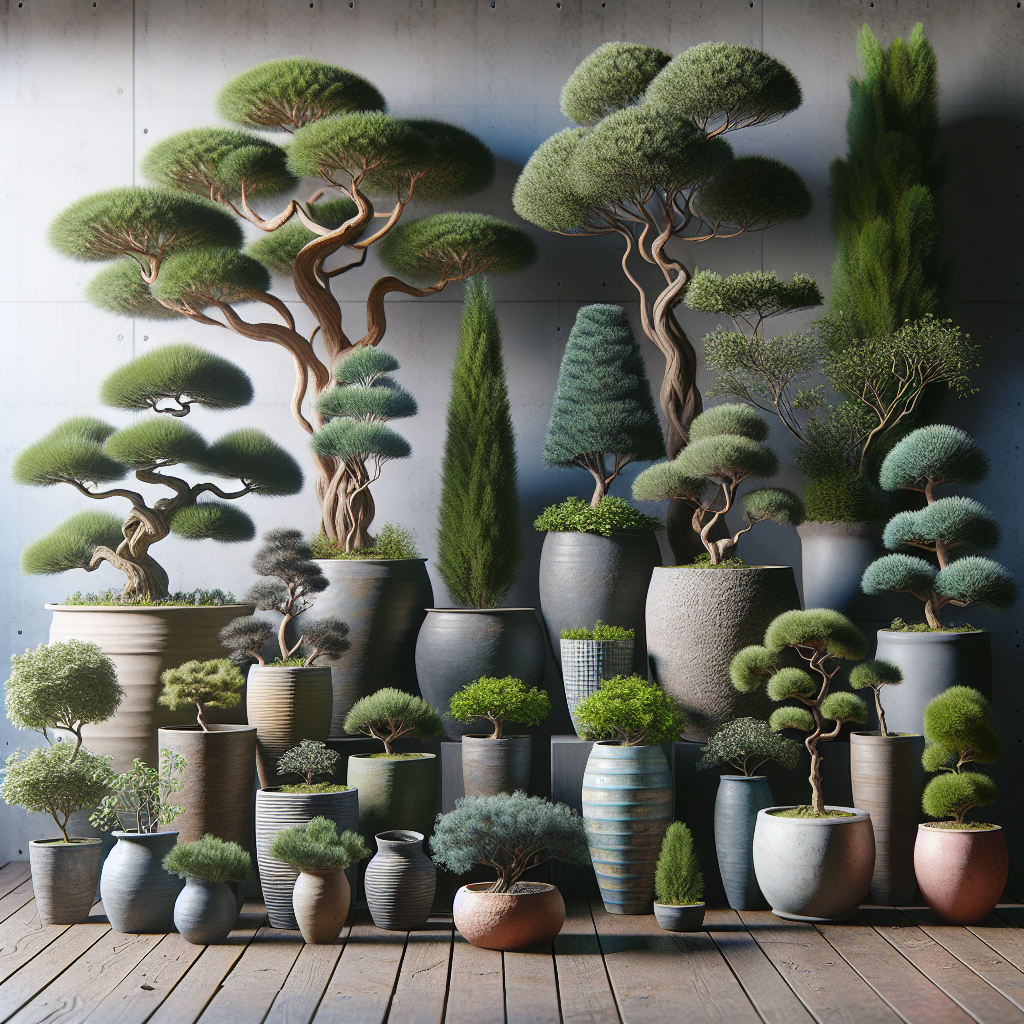Junipers are a popular choice for bonsai enthusiasts due to their hardiness and ability to thrive in a variety of conditions. When it comes to potting junipers, there are several different styles that can be used to create stunning bonsai trees. In this article, we will explore some of the most common styles of juniper potting and discuss the benefits of each.
One of the most traditional styles of juniper potting is the formal upright style. In this style, the trunk of the tree grows in a straight line from the base of the pot to the apex, with evenly spaced branches extending outwards in all directions. This style is ideal for junipers with strong, upright growth habits and can create a sense of elegance and balance in the bonsai tree.
Another popular style of juniper potting is the informal upright style. In this style, the trunk of the tree grows in a slightly curved or tilted manner, giving the tree a more natural and dynamic appearance. Branches are arranged asymmetrically to create a sense of movement and vitality in the bonsai tree. This style is ideal for junipers with more flexible trunks that can be trained into interesting shapes.
For junipers with spreading growth habits, the cascade style of potting can be used to create a dramatic and eye-catching bonsai tree. In this style, the trunk of the tree grows downwards and then curves back upwards, mimicking the shape of a cascading waterfall. Branches are arranged to hang down towards the base of the pot, creating a sense of movement and drama in the bonsai tree.
One lesser-known style of juniper potting is the semi-cascade style. In this style, the trunk of the tree grows at an angle between upright and cascade styles, creating a more relaxed and informal appearance. Branches are arranged asymmetrically to create a sense of movement and balance in the bonsai tree. This style is ideal for junipers with distinctive branch structures that can be showcased in unique ways.
Regardless of which style you choose for your juniper bonsai tree, there are some key principles to keep in mind when potting your tree. It is important to select a suitable pot size that allows for proper root development and growth. The shape and color of the pot should complement the overall design aesthetic you are trying to achieve with your bonsai tree.
When repotting your juniper bonsai tree, it is important to carefully consider how much root pruning is necessary to maintain healthy growth and prevent root-bound issues. Junipers have sensitive roots that do not respond well to excessive pruning or rough handling during repotting. It is best to consult with an experienced bonsai practitioner or nursery specialist if you are unsure about how much root pruning your juniper needs.
In conclusion, there are several different styles of juniper potting that can be used to create beautiful and unique bonsai trees. Whether you prefer traditional formal upright styles or more modern informal cascade styles, there is sure to be a style that suits your personal taste and design aesthetic. By carefully considering factors such as trunk shape, branch arrangement, and pot selection, you can create a stunning juniper bonsai tree that will bring years of enjoyment and beauty to your home or garden.













